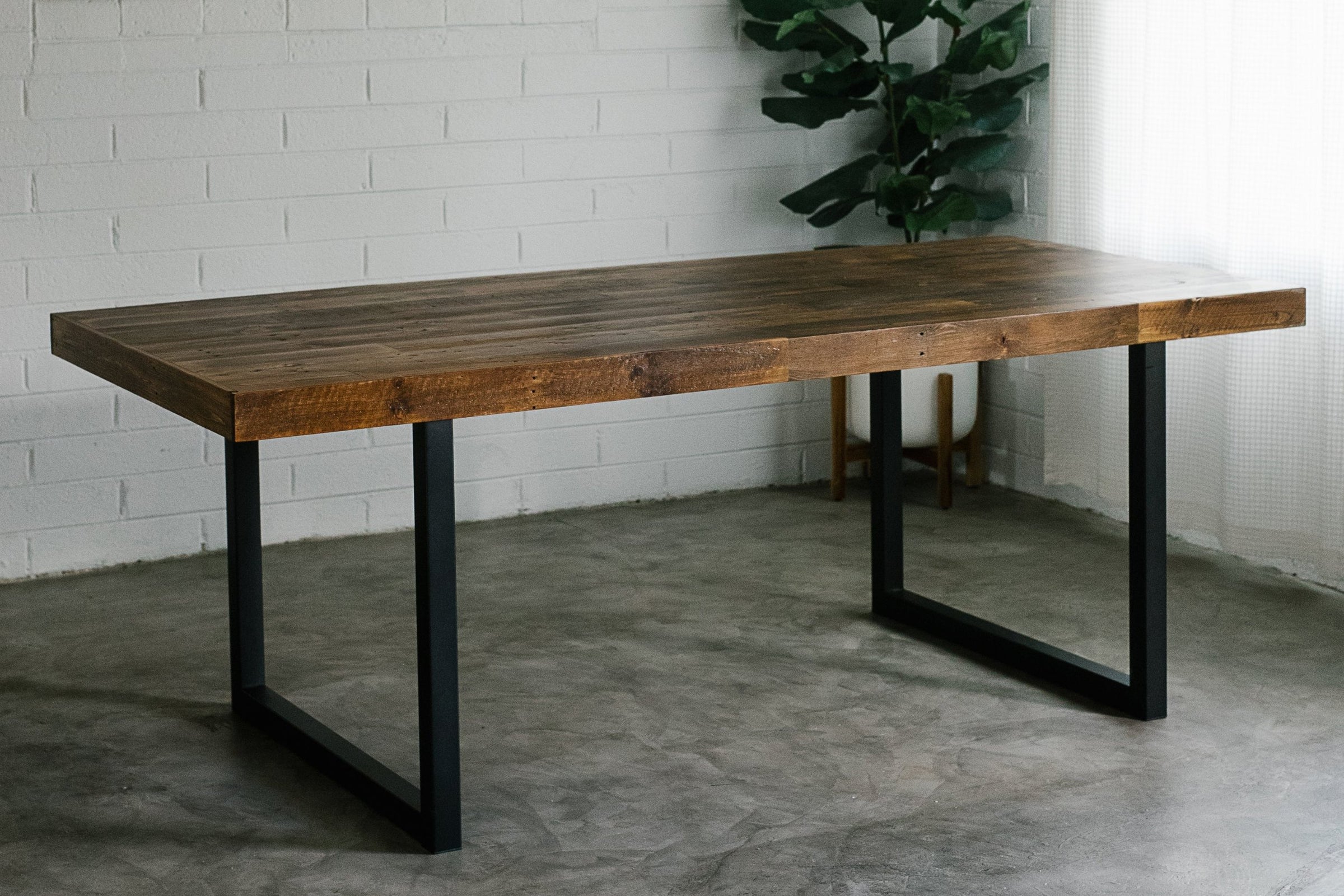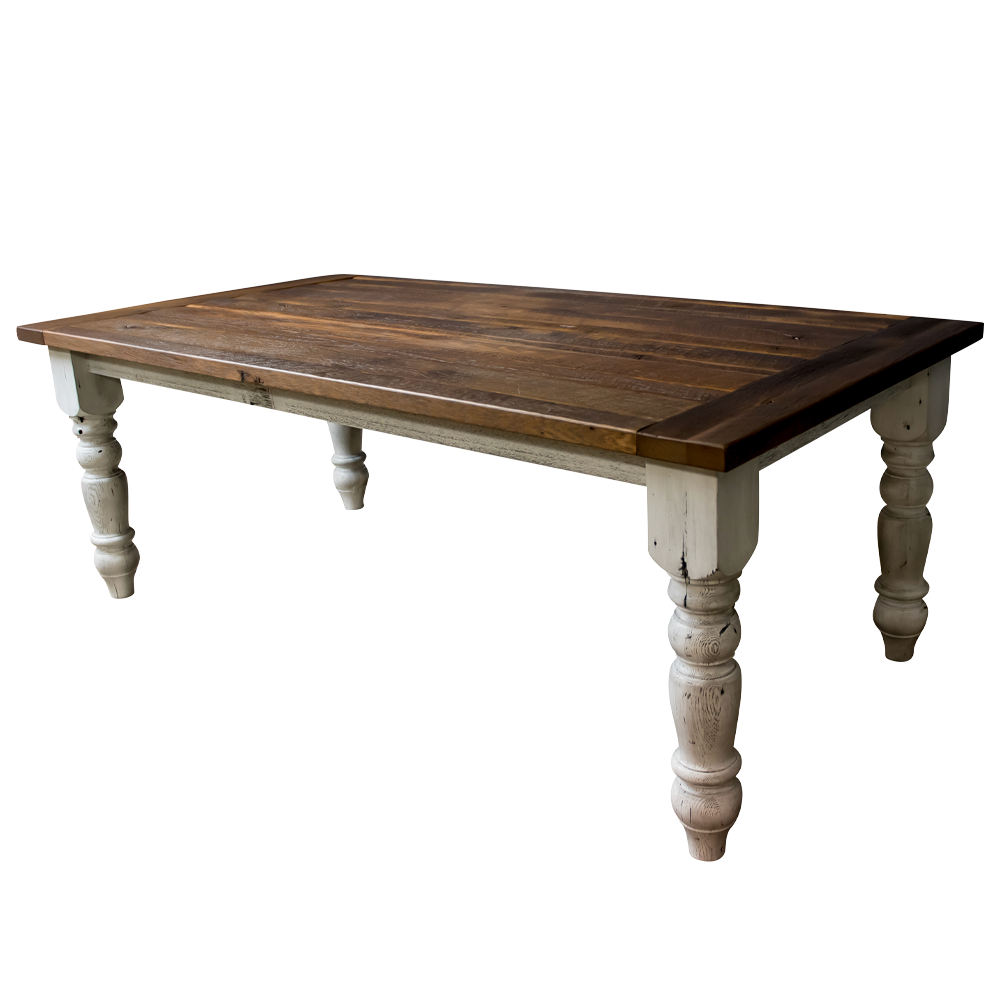Include Toughness and Charm Using Solid Dining Table Legs Wood Pieces
Include Toughness and Charm Using Solid Dining Table Legs Wood Pieces
Blog Article
Checking Out the Various Sorts Of Table Legs Timber for Your Dining Room
The option of dining table legs wood can greatly influence both the visual and useful qualities of your eating room. Solid timber choices, such as oak and walnut, offer a classic appearance with unparalleled longevity, while engineered timber alternatives supply innovative layouts that imitate the splendor of natural grains. In addition, the growing fad of recovered timber introduces a lasting component that appeals to ecologically conscious customers. As we discover these various alternatives, it becomes vital to think about not just the visual charm but likewise the sensible implications of each material selection. What factors should lead your decision?
Solid Wood Options

Unlike engineered products, strong wood is less susceptible to warping and damage over time when effectively kept. Each item of strong timber is unique, showcasing private qualities that add to the charm and character of the dining table.
Additionally, strong timber can be ended up in numerous ways, ranging from natural oils to stained finishes, permitting property owners to customize their furniture to match their design. In summary, selecting strong timber for dining table legs not only ensures architectural honesty however likewise enhances the visual allure of the eating area, making it a worthwhile financial investment for any kind of home.
Engineered Timber Alternatives

Plywood, constructed from multiple layers of timber veneer, is specifically strong and stable, making it an excellent selection for dining table legs. Its layered make-up allows it to endure changes in moisture and temperature far better than conventional solid wood. MDF, on the various other hand, uses a smooth surface for paint or veneering, allowing developers to accomplish a polished appearance while maintaining architectural honesty.
When choosing crafted timber alternatives, it is vital to take into consideration the intended use and desired aesthetic. These materials not just boost the functionality of dining spaces however additionally permit for greater style versatility, making sure that modern and typical styles can exist together harmoniously.
Reclaimed Timber Features
Recovered wood uses an one-of-a-kind mix of sustainability and personality, making it a significantly preferred selection for eating table legs. Sourced from old barns, manufacturing facilities, and various other structures, reclaimed wood embodies a history that brand-new products just can not duplicate. Each piece carries its own story, marked by distinct imperfections, knots, and varying grain patterns, which add to a table's special aesthetic allure.
Along with its aesthetic beauty, redeemed timber is an ecologically friendly option. By repurposing formerly utilized materials, it reduces the need for brand-new lumber, therefore helping to here preserve forests and resource reduce waste. This aligns with an expanding consumer choice for lasting techniques in furnishings.
Moreover, reclaimed wood is typically much more durable than freshly gathered timber because of its age. The natural drying out process that redeemed timber goes through cause a denser and more powerful product, making it much less susceptible to bending and splitting. This enhances the long life of dining tables, enabling them to withstand the roughness of daily usage.
Softwood vs. Hardwood
When picking eating table legs, understanding the distinctions in between softwood and wood is important for attaining both functional and aesthetic goals. They usually show an even more rustic look, making them ideal for informal or country-style dining areas.
On the other hand, hardwoods, sourced from deciduous trees like oak, maple, and cherry, are renowned for their density, toughness, and resilience. The elaborate grain patterns and rich shades of hardwoods offer a advanced and timeless allure, making them ideal for official eating setups. While hardwoods tend to be more expensive and heavier, their resilience versus deterioration typically validates the investment.
Ultimately, the selection in between softwood and wood for eating table legs must line up with your style vision, use requirements, and budget plan, making sure that your dining room mirrors your personal design while continuing to be practical in time.

Coatings and Therapies
The aesthetic charm and durability of dining table legs can be substantially boosted via numerous coatings and therapies. These processes not only secure the wood from damage but also raise its look, permitting it to complement diverse indoor styles.
One common treatment is discoloring, which penetrates the wood and boosts its all-natural grain while including shade. Discolorations give an abundant, classy look, allowing homeowners to match their furniture with existing decor. On the other hand, clear surfaces such as polyurethane or varnish create a safety layer without changing the wood's initial tone, making certain durability versus deterioration.
Additionally, all-natural oils, like tung or linseed oil, nourish the timber and use a subtle luster, all while being green. These oils enable the surface to take a breath, stopping wetness buildup and possible bending.
For those looking for a rustic charm, weather-beaten or distressed coatings can be related to develop an aged look, including character to the item. Ultimately, the option of treatments and surfaces relies on personal choice, desired looks, and the particular timber kind, making it important to consider these variables when selecting table legs for your space.
Verdict
Strong timbers, crafted alternatives, and recovered choices each deal distinctive advantages, catering to various preferences and needs. Eventually, the option of timber kind need to straighten with wanted style, toughness, and environmental factors to consider, boosting the overall dining experience.
The choice of dining table legs timber can exceptionally influence both the visual and practical high qualities of your dining space linked here - Dining Table Legs Wood. Strong timber alternatives, such as oak and walnut, give a timeless appearance with unparalleled toughness, while crafted timber options provide innovative designs that resemble the splendor of natural grains. Solid timber uses an ageless high quality that can elevate the overall layout of an eating space. Each piece of strong timber is distinct, showcasing private attributes that add to the charm and character of the eating table
Moreover, recovered timber is commonly a lot more resilient than newly collected timber due to its age.
Report this page